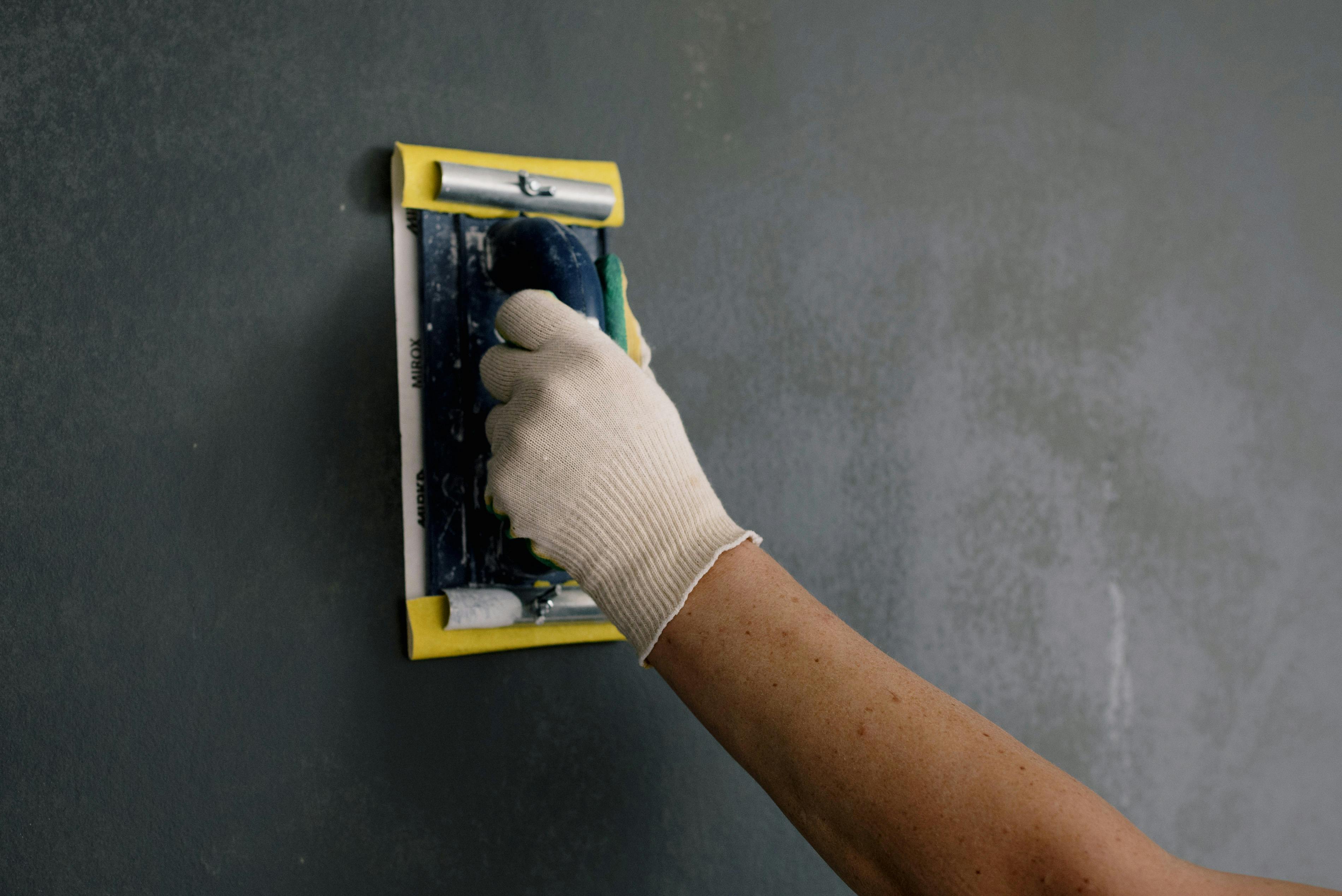A trademark is a unique identity of a product/service/business, expressed through a graphic representation, text, color combination, sound, smell, taste or even a name that gives a complete definition to a brand. Developing an identity brand to be registered is a creative process that requires a lot of research and rain of ideas.
Take the example of FedEx, a renowned international logistics company. Its logo at first seems to be a simple typographic game. When inspected closely, it shows a hidden arrow between the lower dash of E and the letter ‘x’. The arrow represents fast and timely delivery by the company, as well as progress.
This unique form of logo expression is a registered trademark of FedEx and therefore may not be imitated or recreated by any other company.
Once a unique identity/brand has been decided to represent your company, it is logical to protect it from unreasonable use. The best protection for your brand identity is offered by the legal registration of a brand.
The first step in registering a trademark is to choose the appropriate class under which the registration of the chosen product or business mark should be applied for.
Selecting a precise class for the mark can often be a confusing affair and requires the technical expertise of a legal professional. Professional guidance helps you decide the range of protection offered under a specific class or the need to register a trademark under multiple classes.
Trademark search is the first step towards trademark registration. Only in the availability of the registered trademark required under the applicable class can advance for the application process.
The Government of India has classified all goods and services in 45 categories called classes in general terminology. Each class categorizes specific goods or services under which the brand must be sought for a particular product.
Let’s say for example that Class 12 is categorized for vehicles. Therefore, a company launching a new car or truck has to search for the trademark name in class 12. If the required trademark is available for registration or in other words, if the trademark is not registered owned by anyone else in that specific class, can be requested for registration. Definitions of various classes are available at ipindiaonline.gov.in/tmrpublicsearch/frmmain.aspx and various other class database websites.
When selecting an appropriate class, one should keep the following in mind:
- What class will give you maximum protection?
For example, if you are dealing with baby clothing, you may want to look for the availability of trademarks in class 25 which gives you broader protection for clothing, footwear, and headgear. This is because you may want to expand the product line in the future to include adult apparel in your business expansion plan.
- What best represents your product?
If you are in the brewing business, you may find class 33 to be the obvious choice for trademark registration of your product. On the contrary, beer is classified in class 32, since it is considered a non-alcoholic beverage.
- Do I need just one class or do I need to request multiple classes?
If your business spans different types of disciplines, you need to register the trademark in multiple classes. Giant companies like the Reliance group have their logo registered in multiple classes that specify their various business interventions in petrochemical, telecommunications, retail and digital.
Likewise, Flipkart, although a single company is registered in four different classes due to the variety of products or services it engages in. Trademarking under multiple classes provides protection to the owner in a broader range.
